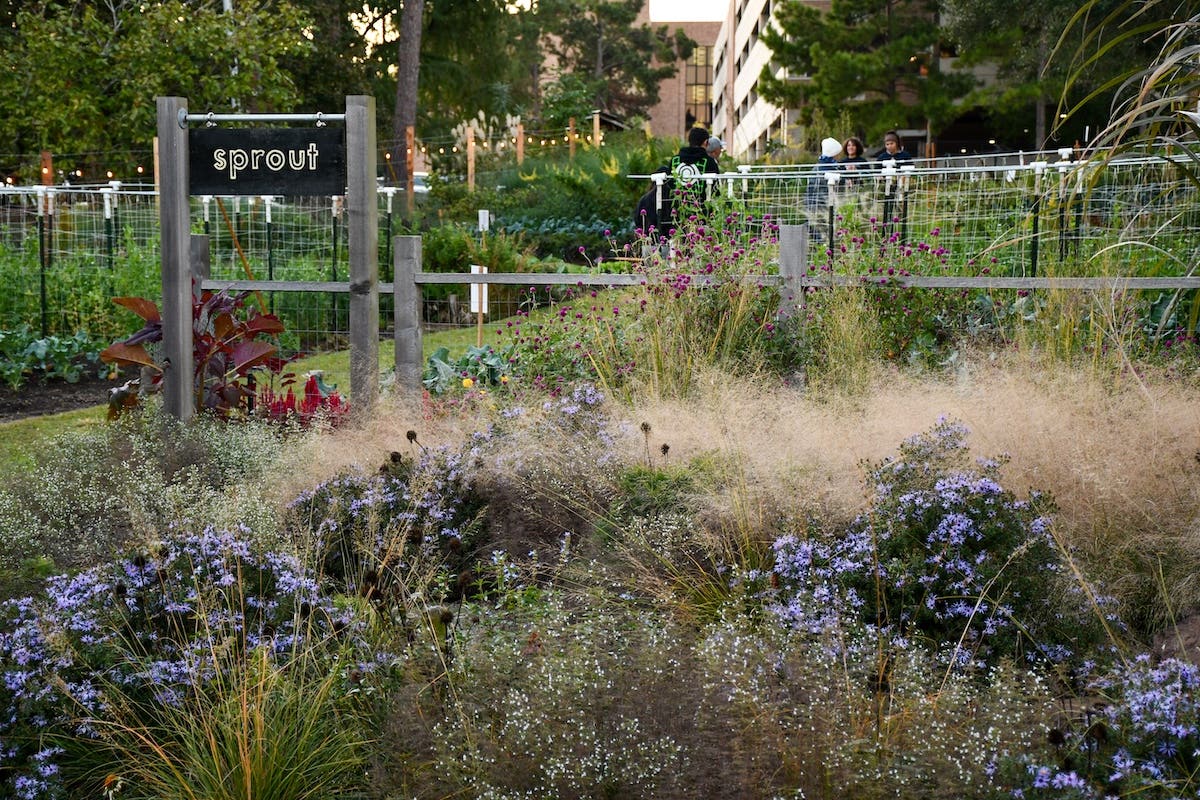About Plant Names
Are you mystified by botanical Latin? Here’s how the universal system of naming plants works.
Modern botanical nomenclature is now standardized internationally, thanks largely to the 18th-century Swedish naturalist Carl Linnaeus. He proposed a universal binomial system, distinguishing between thousands of plants by giving each one a genus name and a species name, or specific epithet.
The genus name (which has an initial capital letter) is applied to every member of a group of closely related plants of similar structure, for example Fuchsia or Rudbeckia.
A species name—more “specific”—applies to a particular, uniquely identifiable plant found in the wild, for example Fuchsia magellanica or Rudbeckia laciniata.
Sometimes a species is subdivided. The abbreviations subs. or ssp. (subspecies), var. (varietas) or f. (forma) are used when this occurs, indicating recognized, naturally occurring variants of a plant, as in Pieris formosa var. forrestii, a variety of Pieris formosa distinguished by bright red young shoots.
Hybrids are indicated by a multiplication sign in their name. They can occasionally be intergeneric hybrids, for example X Cupressocyparis leylandii (a hybrid between Cupressus macrocarpa and Chamaecyparis nootkatensis, or, more commonly, hybrids between two species in the same genus, for example Magnolia X loebneri, a hybrid between Magnolia stellata and Magnolia kobus.
More often encountered in garden plants are cultivar names, which appear in single quotes, as in Buxus sempervirens‘Vardar Valley’. Cultivars are variants selected for cultivation, originating as chance seedlings in a garden or in the wild, or as a particular form of a simple or complex hybrid deliberately raised in a nursery. Cultivar names are always accompanied by a genus name. They sometimes have a species name, as above, and sometimes not, as in Magnolia ‘Felix Jury’. The same cross or hybrid may give rise to a number of different cultivars.
The latest addition to the plant name lexicon is the trade designation or selling name. This is a more attractive or easily remembered name, used for marketing purposes in conjunction with certain nonsense cultivar names to indicate a plant’s origin, usually linked with Plant Breeder’s Rights. For example, in the name of ClematisWisley (‘Evipo001’), the cultivar name itself is a kind of code (in which ‘Evi’ identifies the breeder, Raymond Evison). In Rosa Gertrude Jekyll (‘Ausbord’) the cultivar name similarly reveals that David Austin is the breeder. For selling purposes these plants assume the more user-friendly trade designations Wisley and Gertrude Jekyll, which are never set in single quotes. Such names may also be registered as trademarks, so that sellers can only sell the plants using those names with permission from the trademark owner. True cultivar names, meanwhile, cannot be trademarked and are free for anyone’s use.
Note: This text is excerpted from The Plant Lover’s Companion by Julia Brittain (David & Charles, 2006; 192 pages; $14.99) Click here for more info or to purchase.







